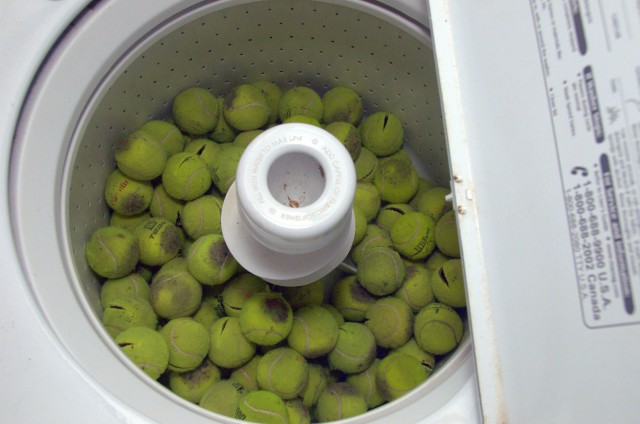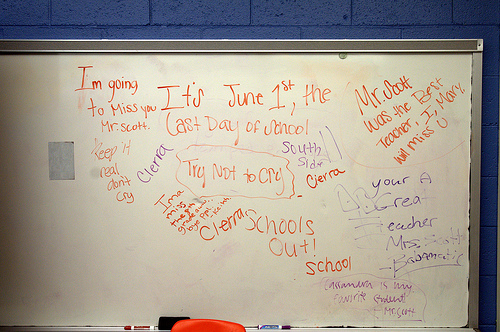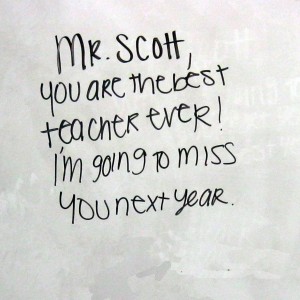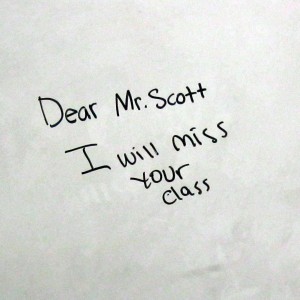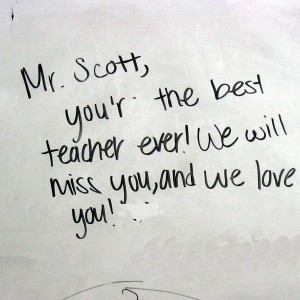It’s almost May, and we’re all breathing a sigh of relief. Students are ready to finish eighth grade, to finish middle school, to leave their academic home of three years and move on to high school. Teachers are ready for a new batch, new faces, new challenges, new gifts. Each day, we all head to school with a little lighter step: some students have already begun counting days (as have some teachers), and as the number dwindles, the pace quickens, as does the pulse and the talking and goofing. Soon, the energy waiting to escape the walls of the school will be almost impossible to contain, especially after next week, when the final round of state testing winds down and everyone finds themselves asking the same question: “Why are we still here if the be-all, end-all tests are complete?” Sure, a few district-mandated tests await students, but the SCPASS, the test that is the benchmark for school effectiveness, administration effectiveness, teacher effectiveness — the test, in other words — will soon be behind us.
My reaction over the years has changed. In the past, I was just trying to survive at this point in the year. Perhaps that was because of a lack of clear and clear-headed goals for students; maybe that was a result of my inexperience and ineffectiveness; possibly that was because I had some exceptionally challenging students. Or perhaps it was all that and more. At any rate, I find myself eager, after a short break, to begin again. A sufficient “short break” in this case would be about three weeks or so, but I’m fortunate that we get about four times that. More time with the kids; more time with coffee; more time for K to sleep in a bit — it’s a blessing for everyone, though K would unhesitatingly add “Especially for you.” And so it is.
